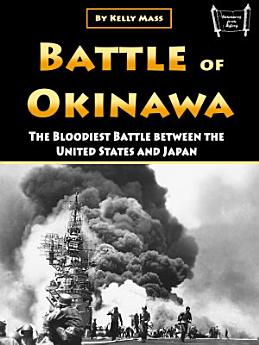Battle of Okinawa: The Bloodiest Battle between the United States and Japan
About this ebook
Okinawa, the largest island in the Ryukyu chain, held immense strategic value for both sides. For the Americans, it represented the final stepping stone to Japan, a base from which bombers could reach every corner of the Japanese home islands and from which a massive invasion force could be launched. For the Japanese, Okinawa was the outer ring of the homeland's defenses, the last major barrier between American forces and the sacred soil of Japan itself. The island's fate would determine whether Japan could continue the war or would be forced to accept the unthinkable prospect of unconditional surrender.
The strategic context of the Okinawa campaign was shaped by three years of increasingly desperate Japanese resistance and mounting American casualties. By early 1945, American forces had fought their way across the Pacific, capturing island after island in campaigns that grew progressively more costly. The battles of Iwo Jima, which had concluded just weeks before Okinawa, had shocked American military leaders with their intensity and casualty rates. The small volcanic island had cost the United States over 6,800 dead and 21,000 wounded, while virtually the entire Japanese garrison of 18,000 men had fought to the death. If a tiny island like Iwo Jima could exact such a price, what would the conquest of Japan itself cost?








